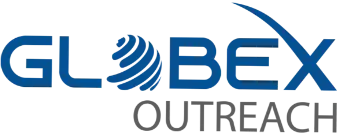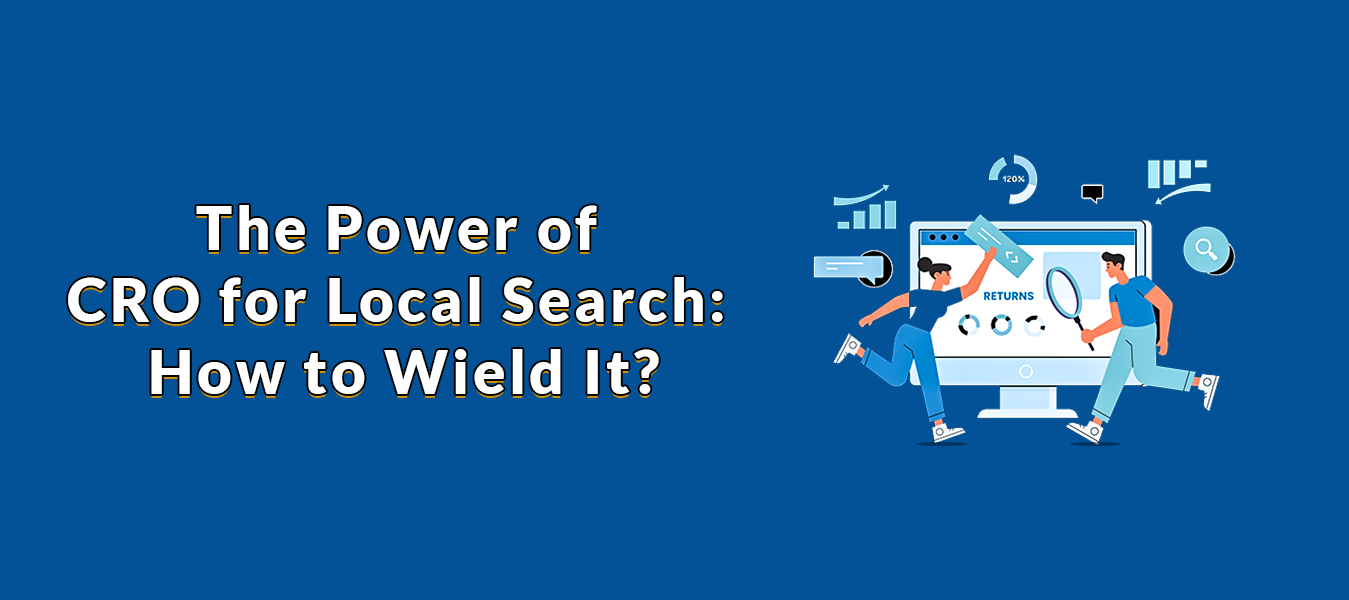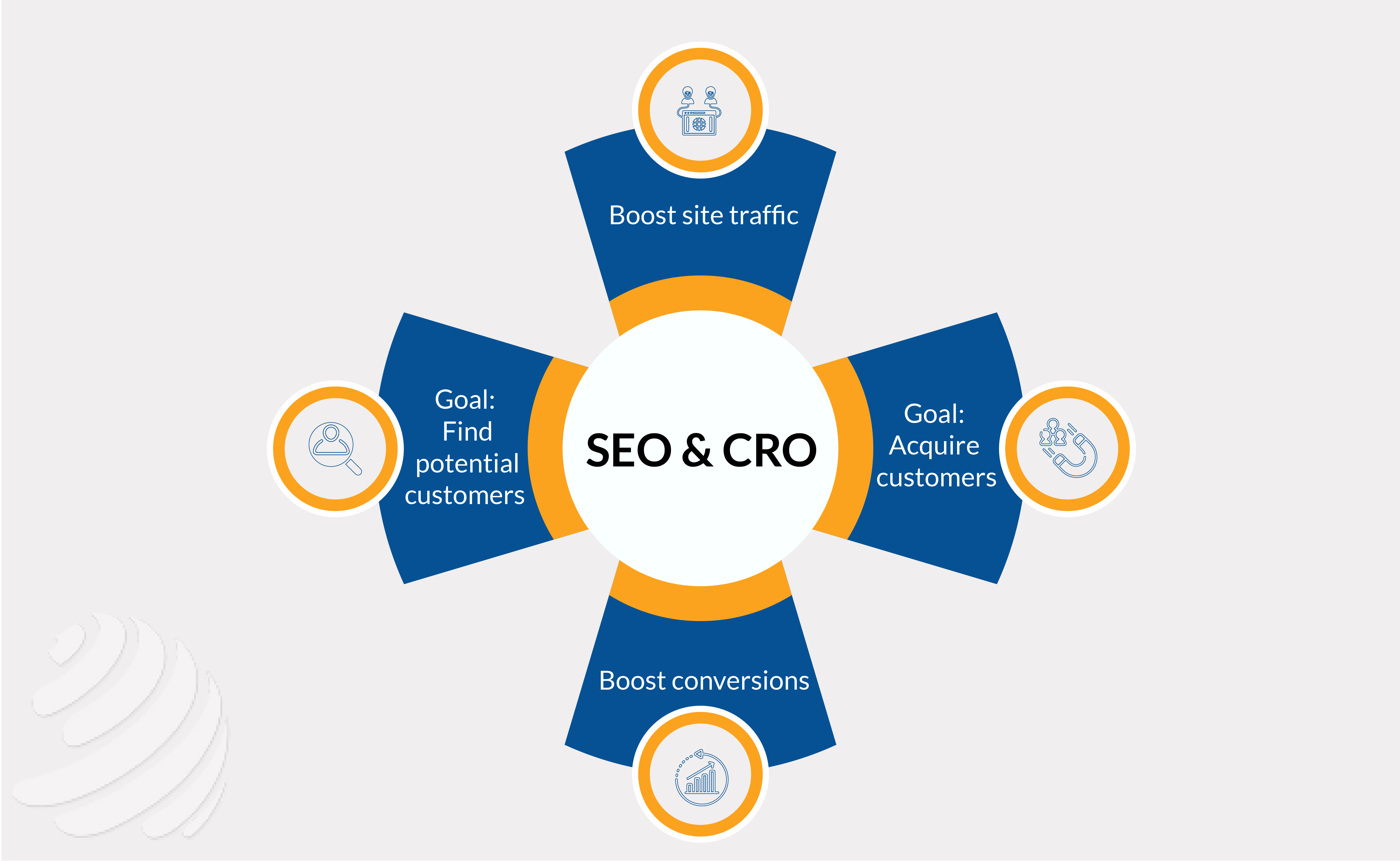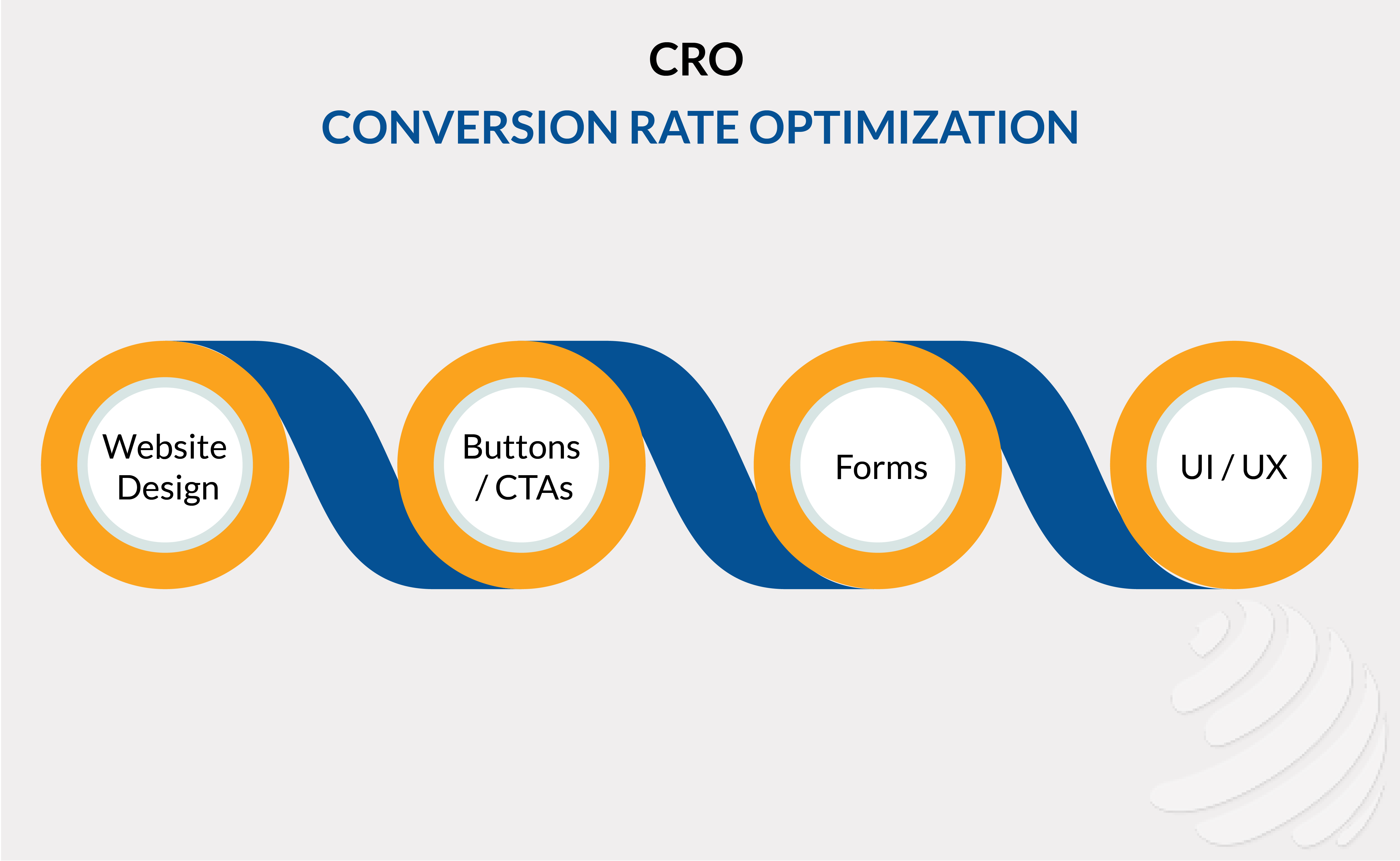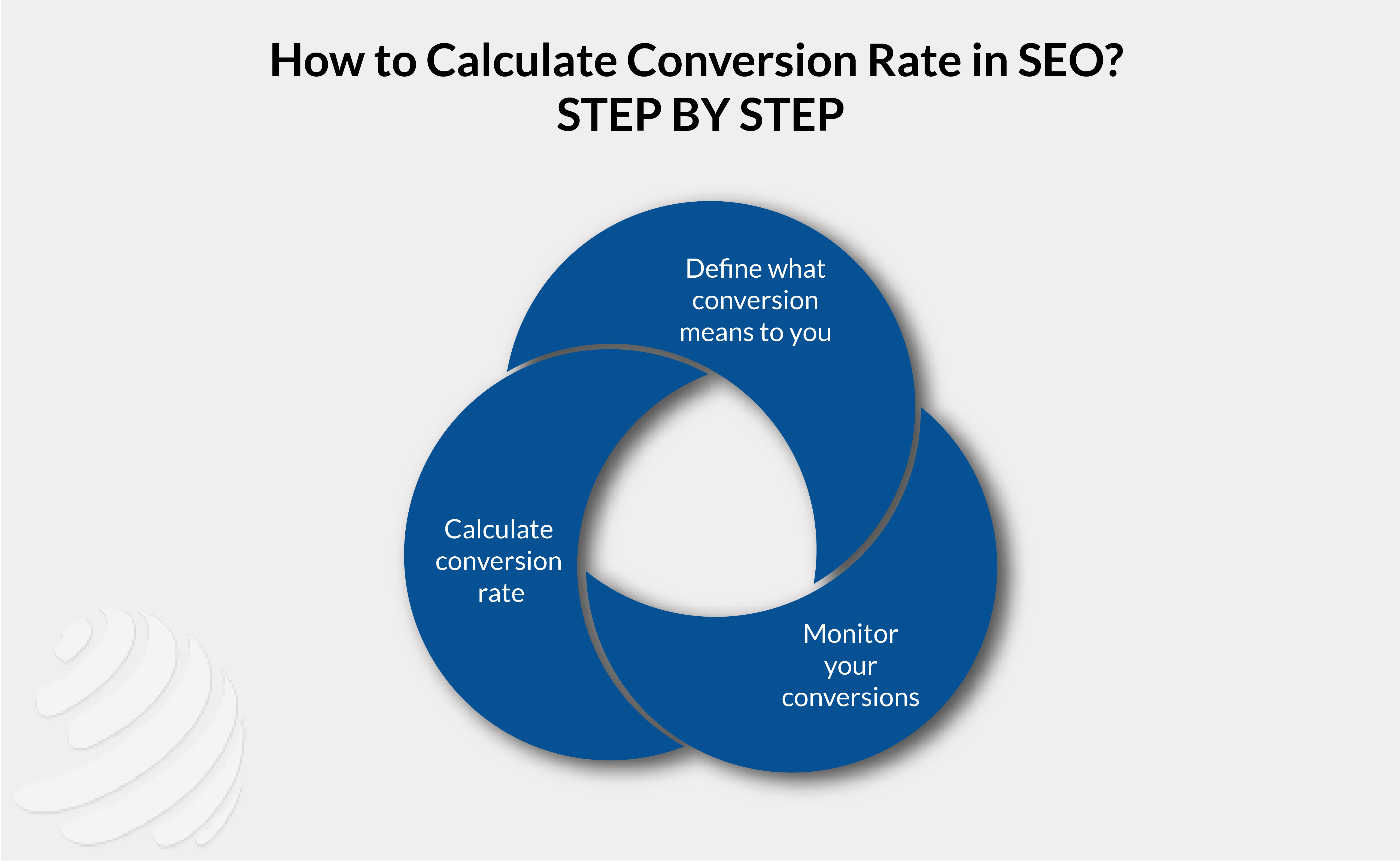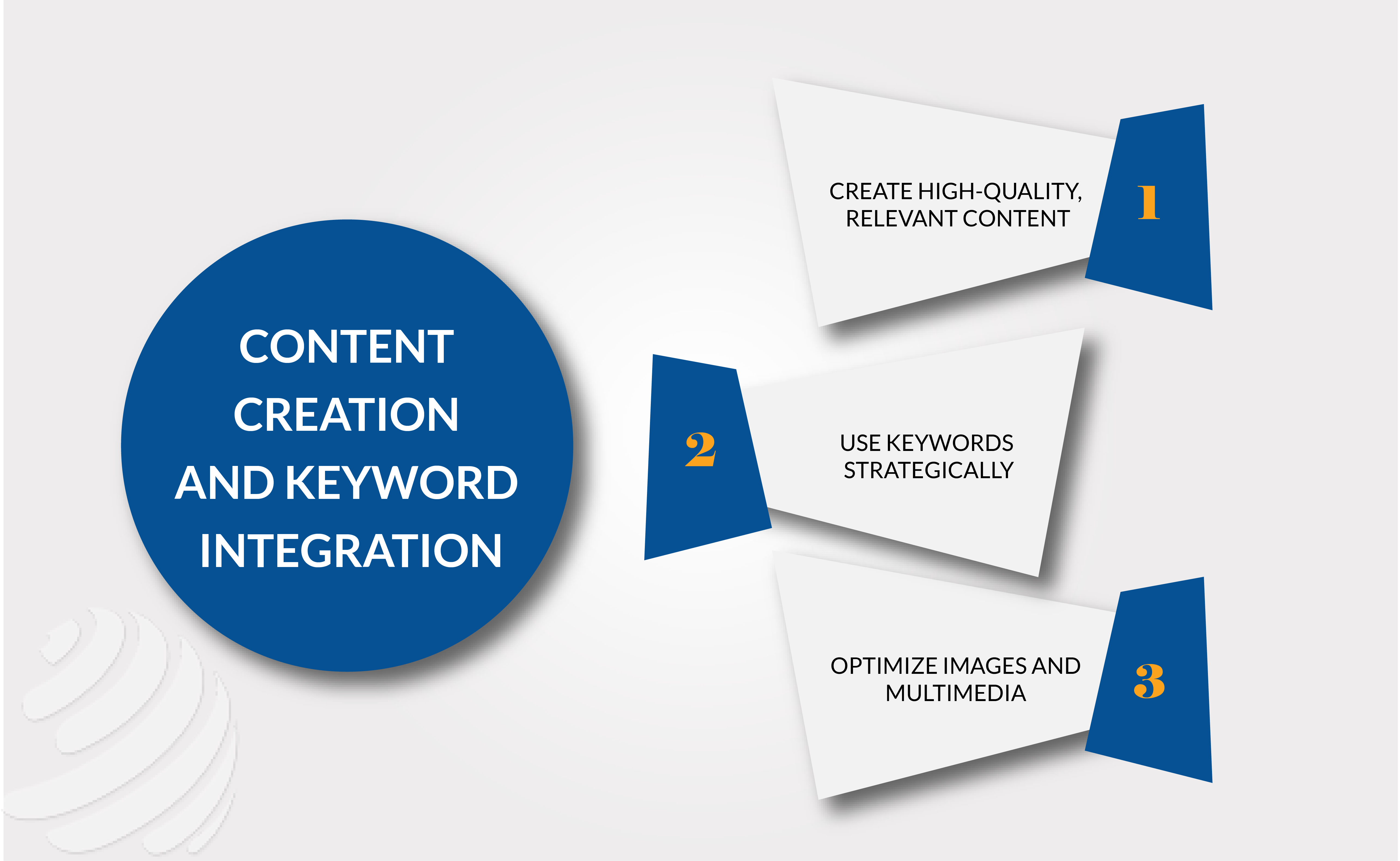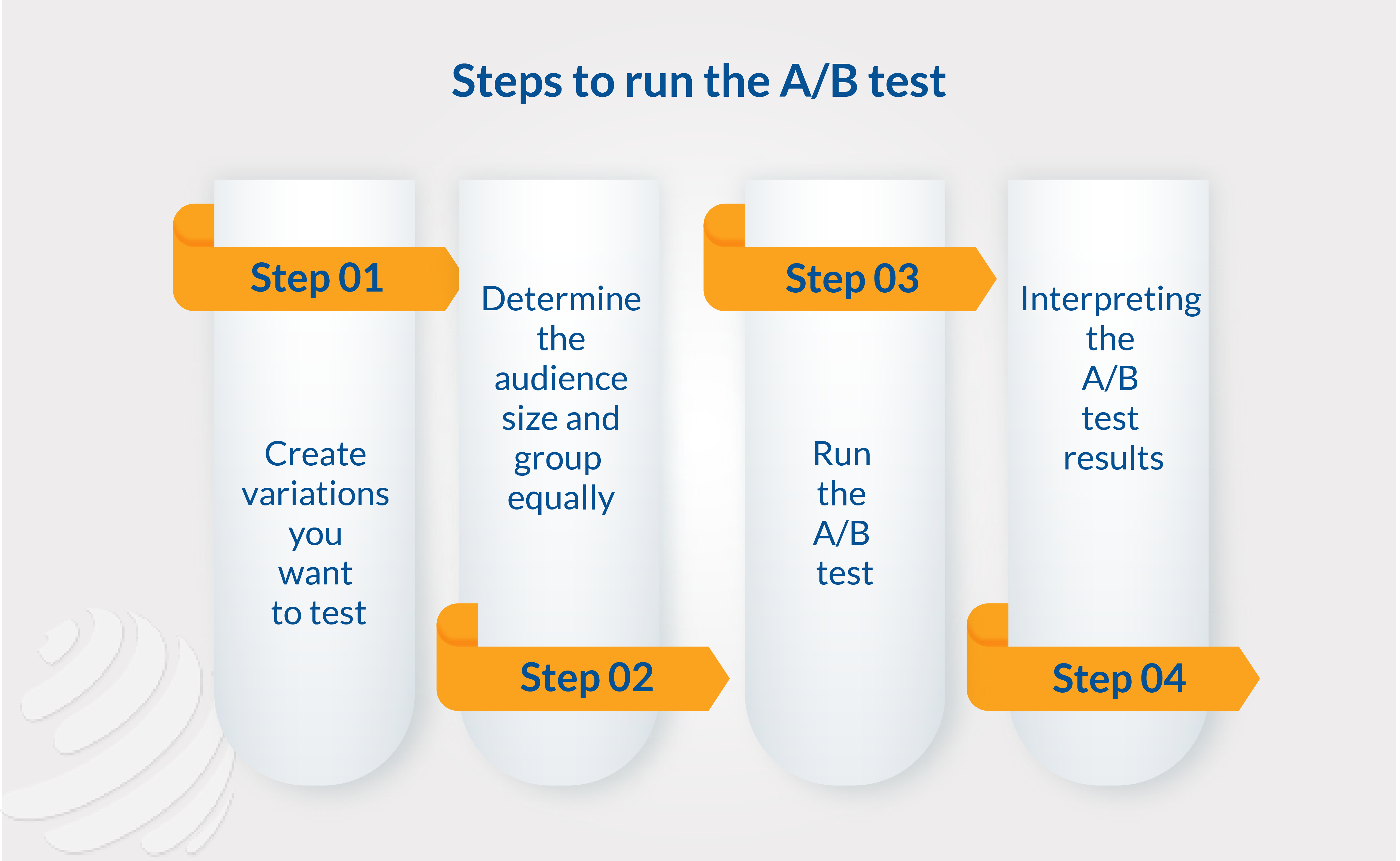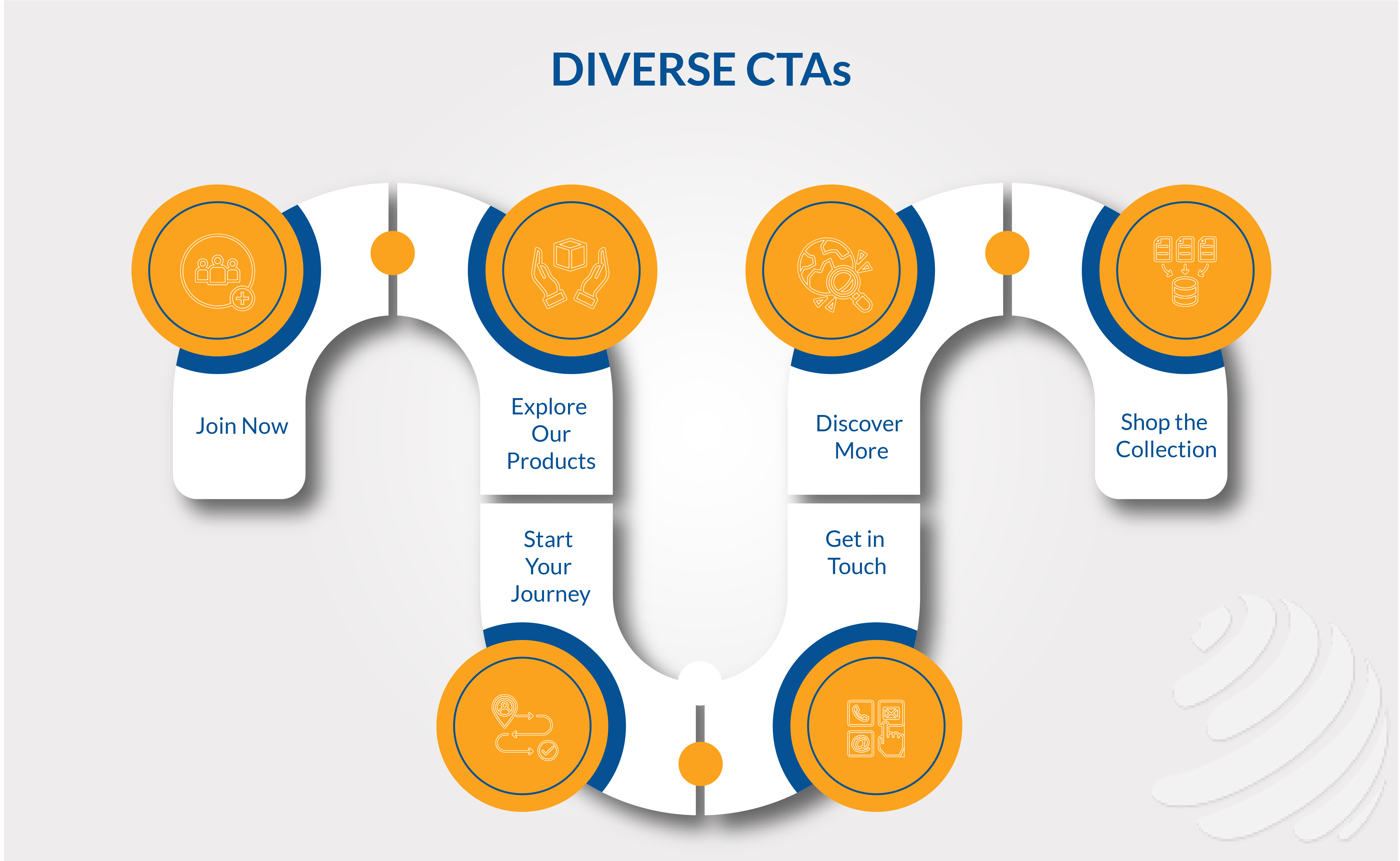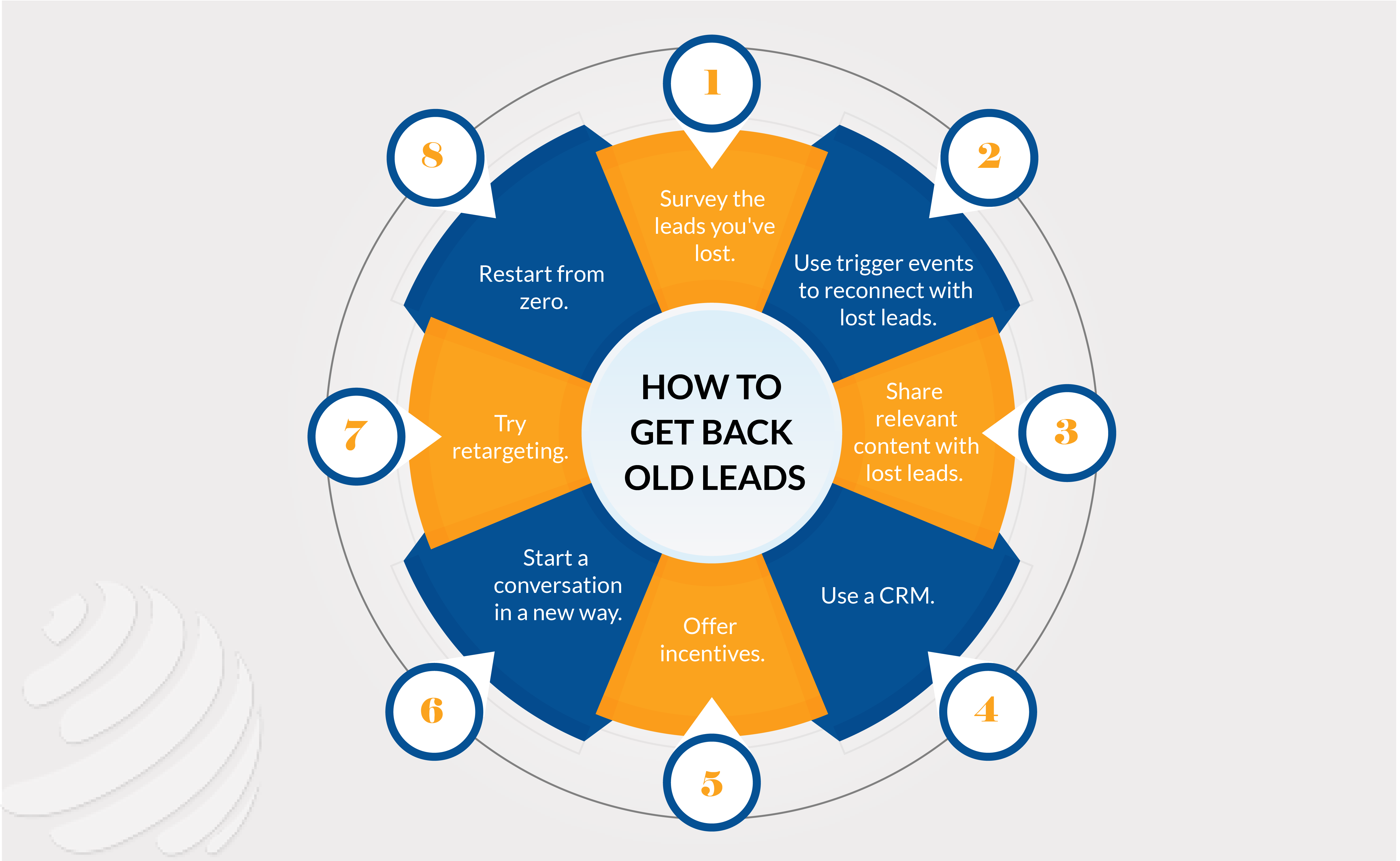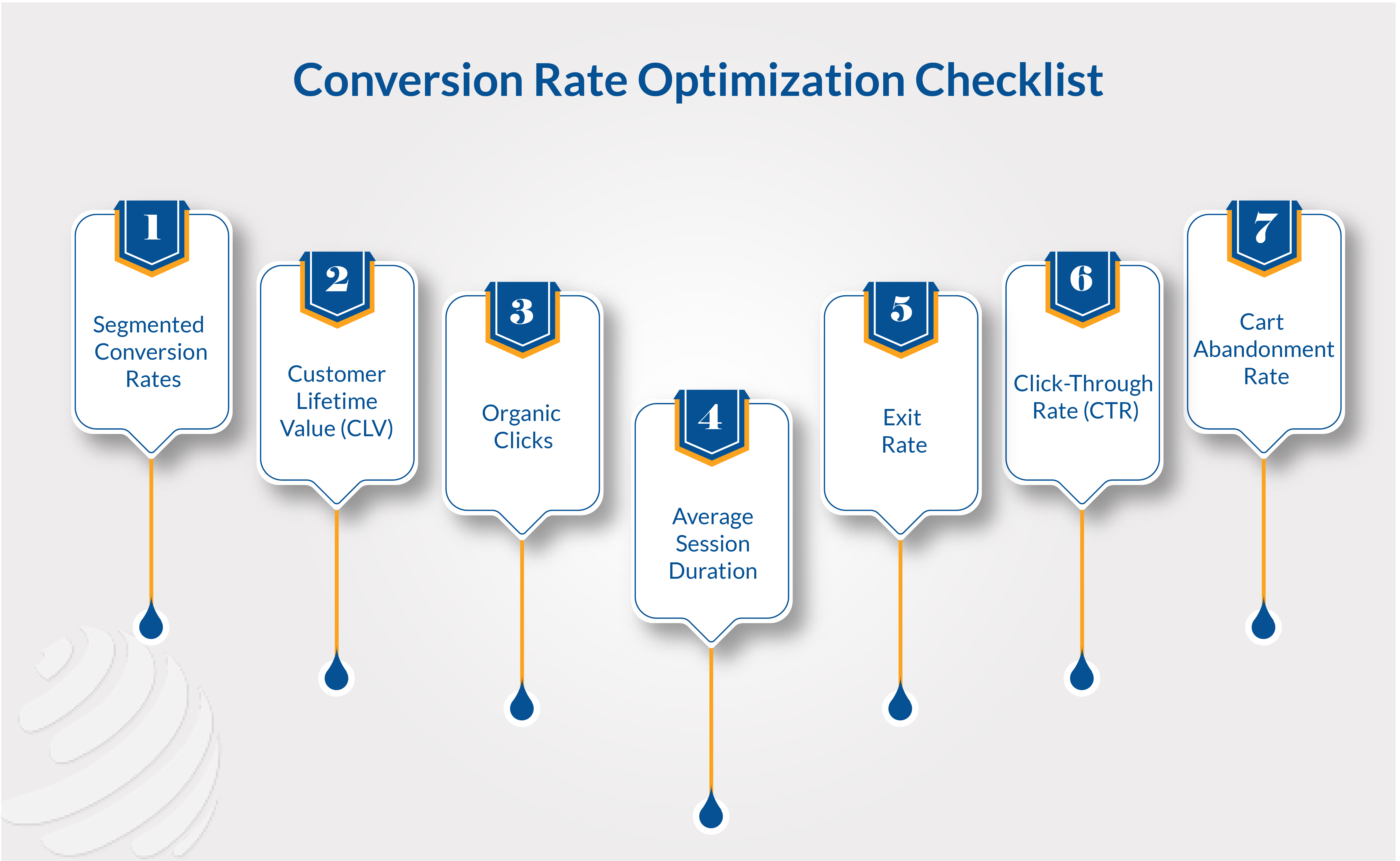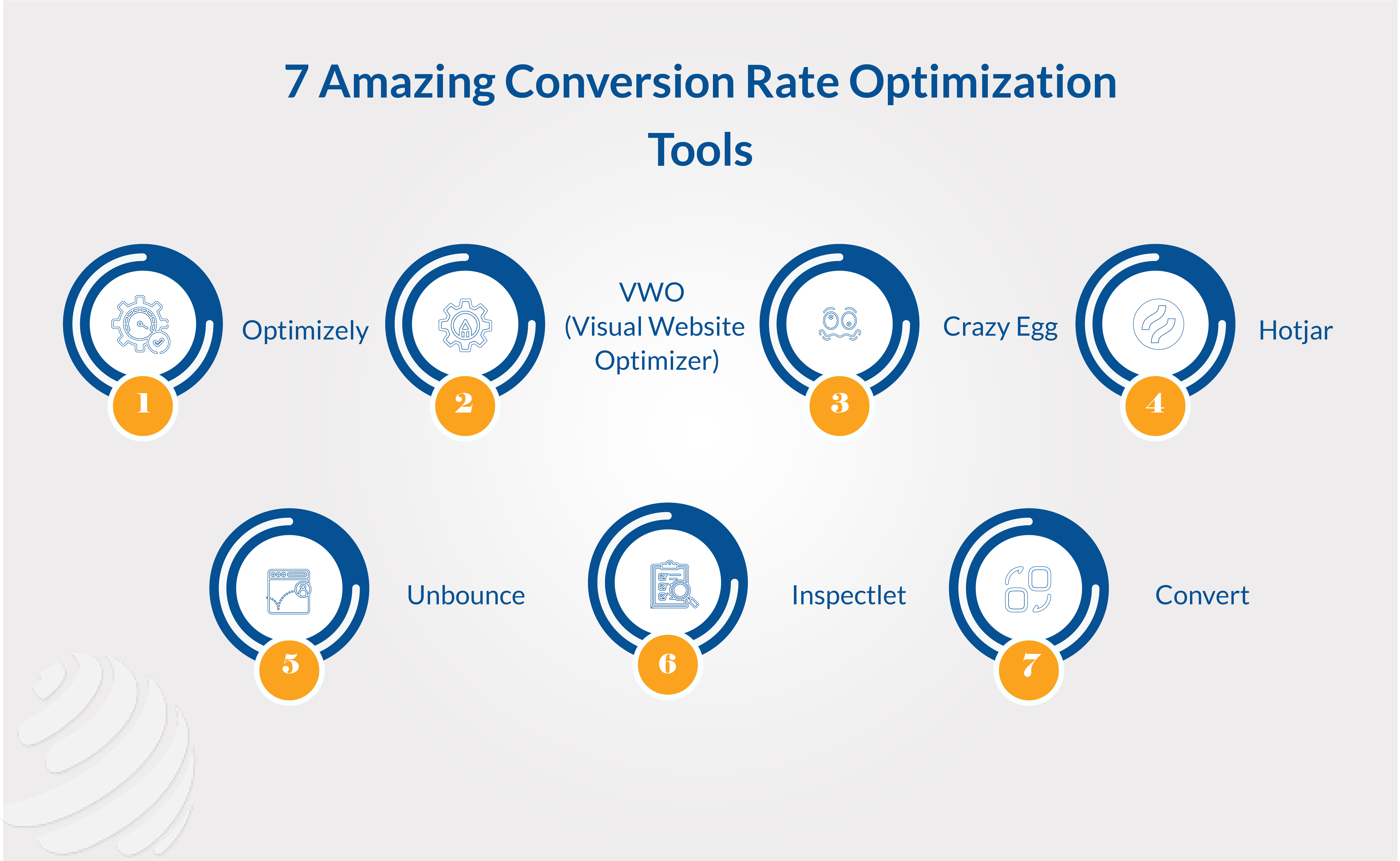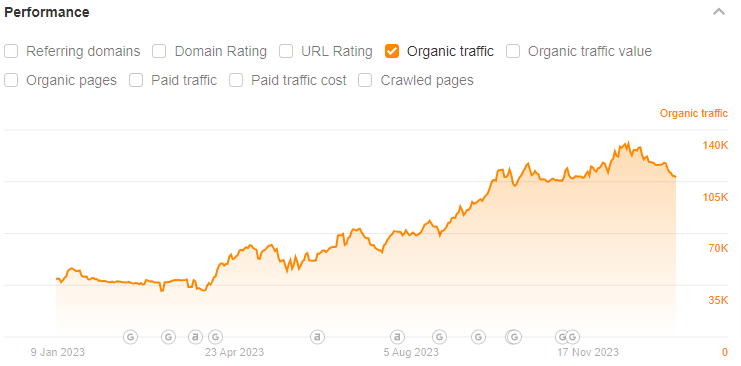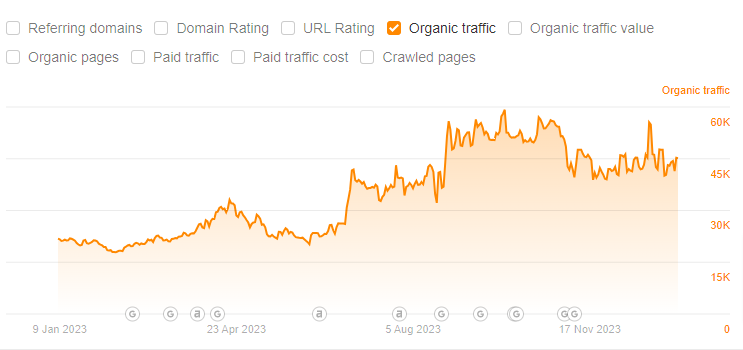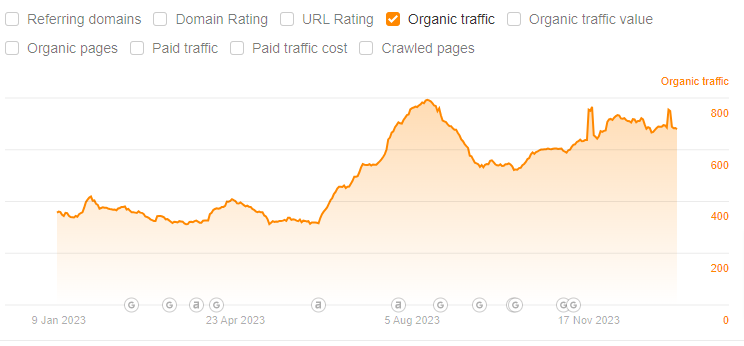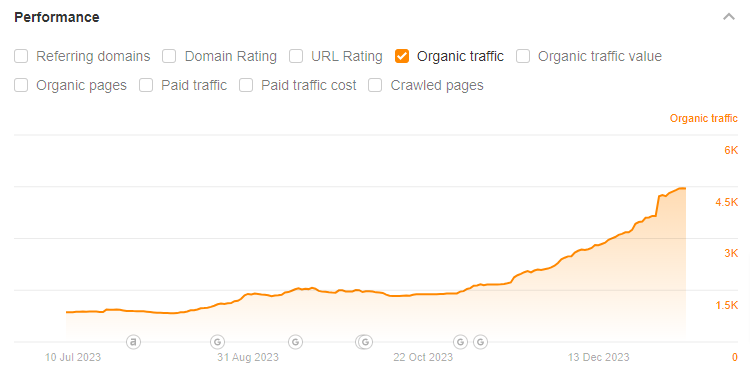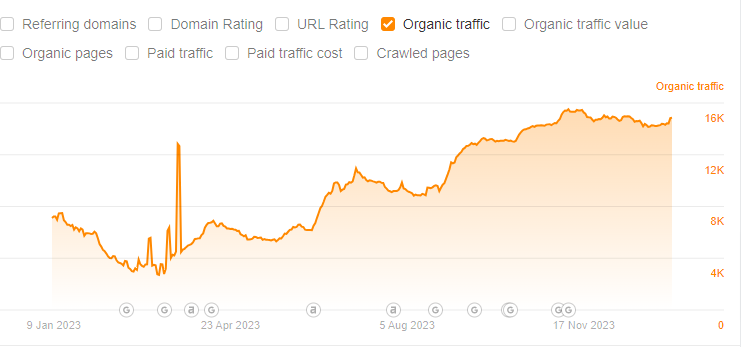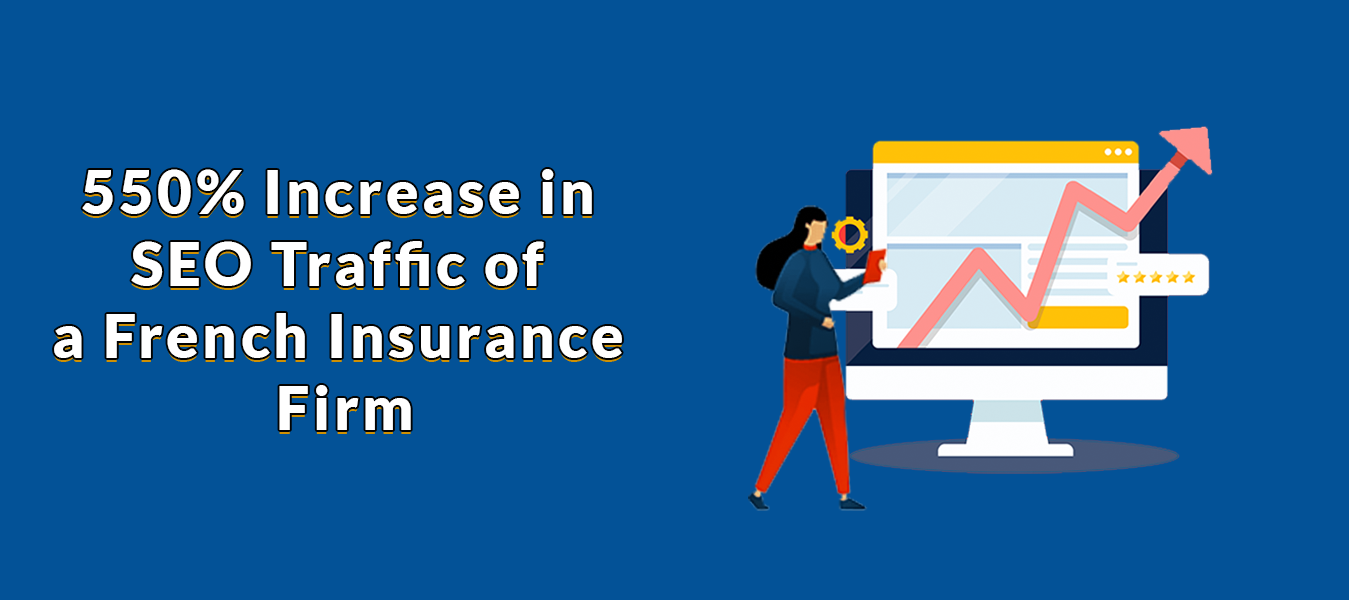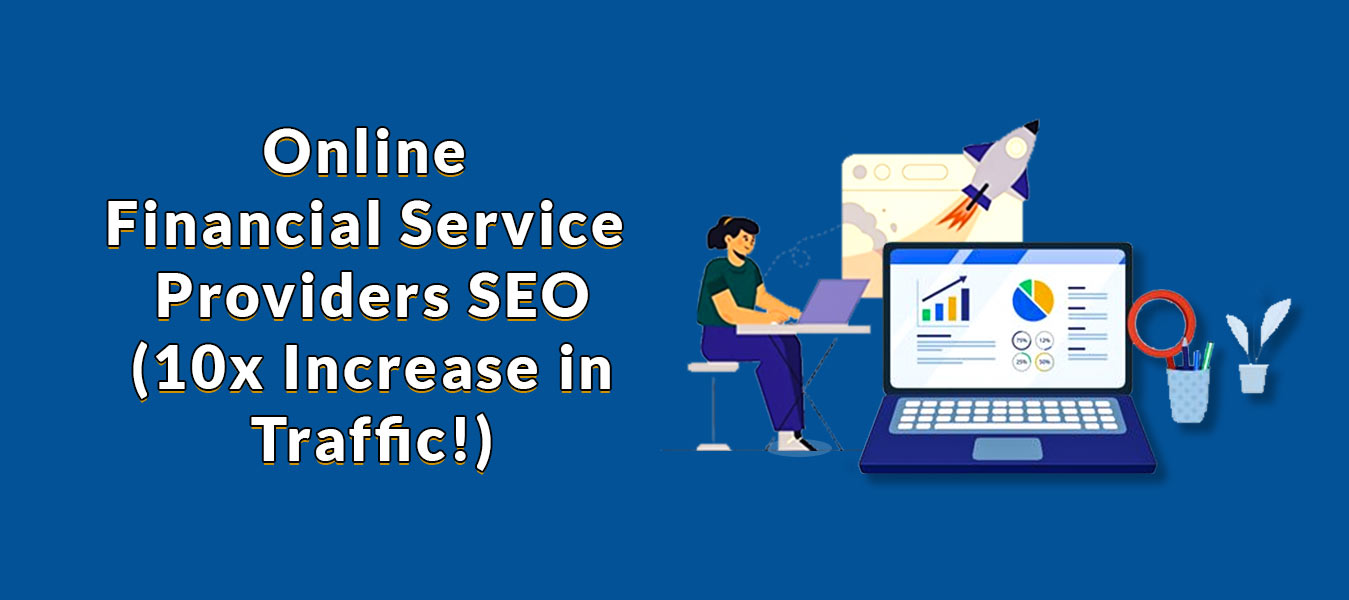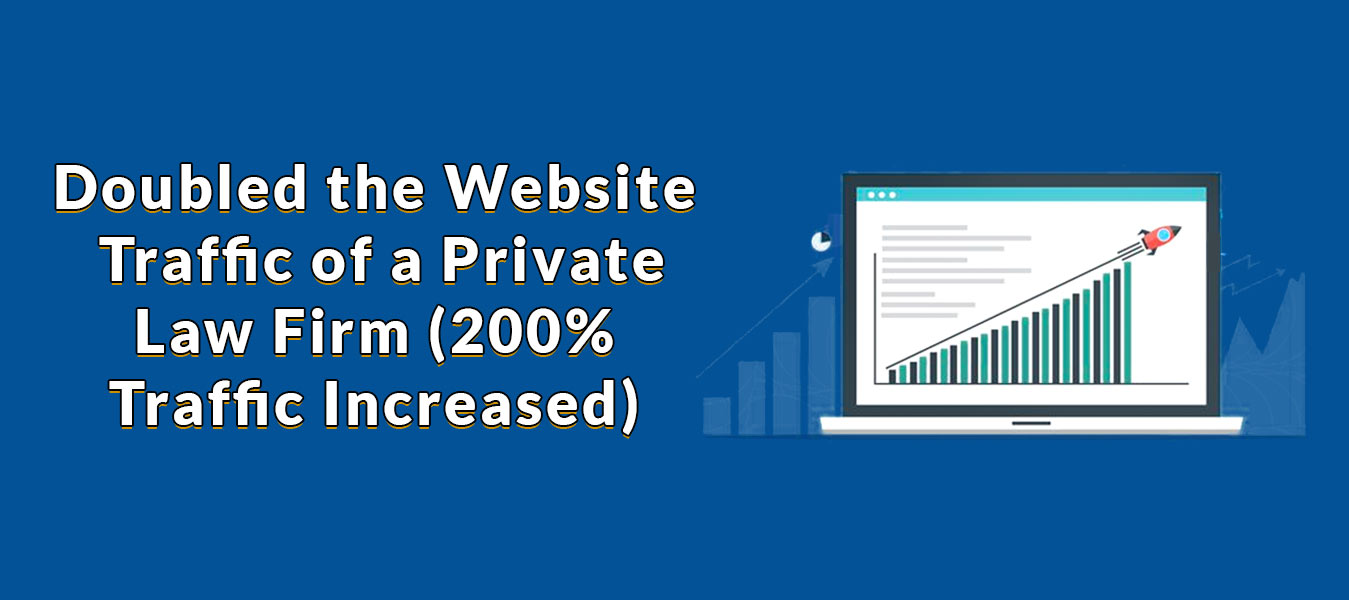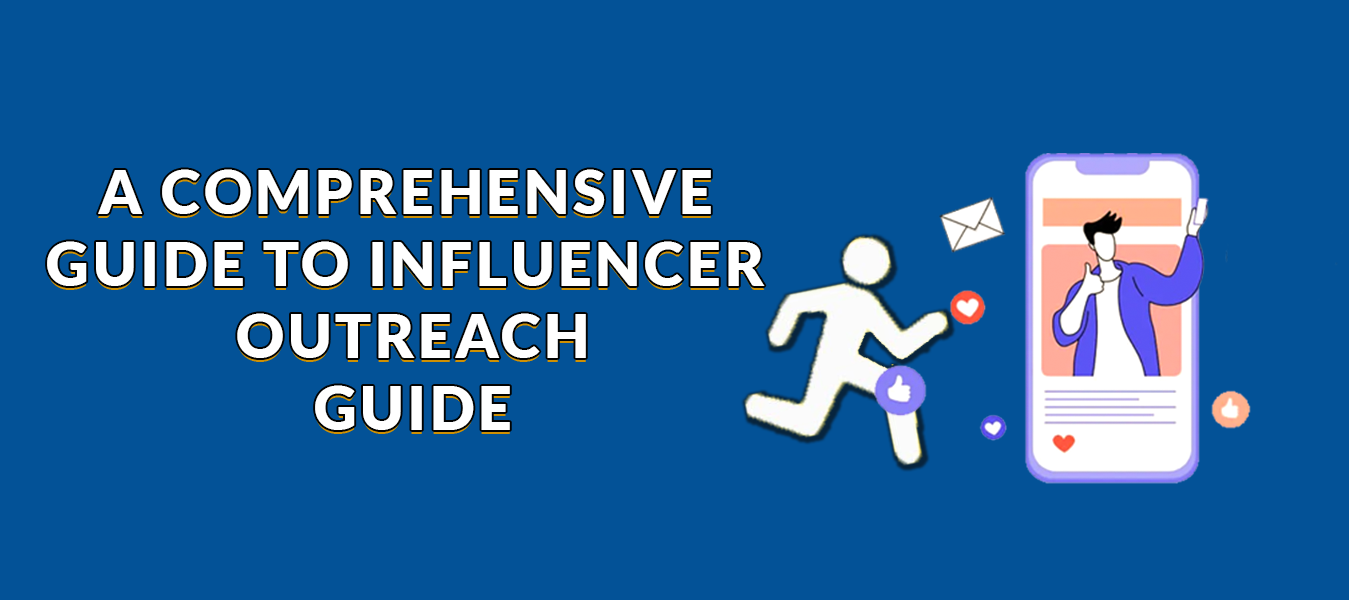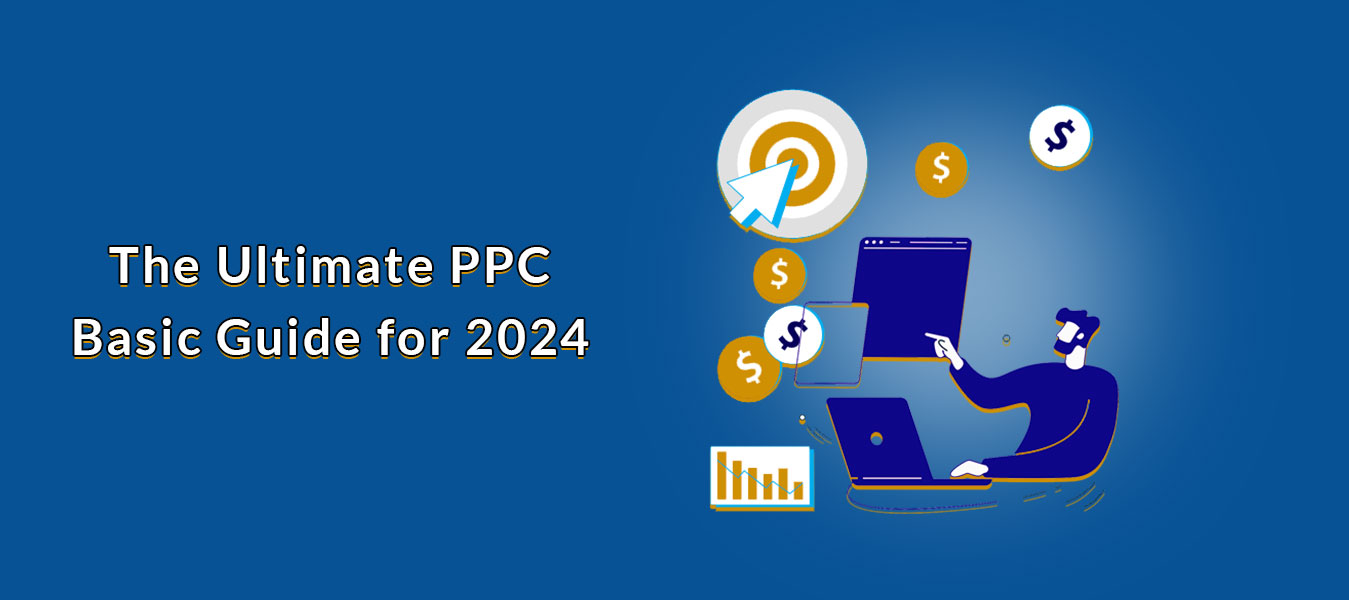You need SEO in order to improve your organic traffic. That is a fact! When you get organic traffic, you expect it to convert into leads, right? Those users who convert into leads or clients or perform an action make up the conversion rate of your website. As someone who runs a business, your goal should be to increase that conversion rate as high as you can. How can you do that? By doing CRO for local search AKA conversion rate optimization SEO.
But how can you improve your CRO for local search?
We have discussed some ways to enable you to increase your conversion rate and drive sales.
Let’s get started:
What Is Conversion in SEO?
The common word for a visitor accomplishing a website goal is a conversion. Objectives can take on a variety of forms.
The main objective, or “macro conversion,” of a website that sells goods is for the user to complete a purchase. Before a user completes a macro conversion, some “micro conversions” can take place as well, such as registering for an email.
Examples of Types of Conversions
There are two types of conversion in SEO that you must be able to differentiate if you want to improve your CRO for local search.
Here are some examples of macro conversions and micro conversions to help you differentiate:
Examples of Macro Conversions:
- Buying anything from the website
- Getting a quote
- Becoming a service subscriber
Examples of Micro Conversions:
- Registering with email lists
- Adding a product to the online cart
- Signing up or creating an account
What Is the Conversion Rate for Your Website?
The number of times a user completes a goal divided by the volume of visits to your website is your site’s conversion rate.
After a visitor arrives on your website, the process of conversion rate optimization starts taking place. This is not the same as conversion optimization for search engines or paid advertisements, which concentrate on the individuals who visit your website through organic search results, the number of hits you receive, and keywords that drive traffic.
What is Conversion Rate Optimization?
The methodical process of raising the proportion of website visitors that complete a desired activity, such as completing a form or making a purchase, is known as conversion rate optimization, or CRO.
Understanding user behavior on your website, their actions, and the obstacles in their way of accomplishing your objectives are all part of the CRO process. Plus, they help in improving CRO for local search.
How to Calculate Conversion Rate in SEO?
You must identify what conversion means to you and your website. Understanding that and counting the number of visitors that complete the desired action are the first steps in calculating your SEO conversion rate.
Here’s a step-by-step conversion rate optimization checklist that you can follow to calculate the conversion rate for your brand:
- Define what conversion means to you: Anything you want visitors to do on your website, including buying something, joining an email list, downloading a file, or getting in touch with you, can be considered a conversion.
- Monitor your conversions: Utilizing a web analytics tool, you need to set up a conversion tracking mechanism. This will help you monitor the number of visitors who finish the required action.
- Calculate conversion rate: Using the following formula, you can determine your conversion rate after you have your conversion rate optimization stats:
Conversion Rate = Number of Conversions Total Number of Visitors x 100
For example:
Let’s say you run a fashion site, and you receive 5,000 visitors in a month. Out of those 5,000 visitors, 500 people make a purchase.
Your conversion rate would be:
(500 conversions / 5,000 visitors) x 100 = 10%.
Factors Influencing Conversion Rates
What factors can affect your conversion rate?
Here are the factors that can be important for you if you want to improve your CRO for local search:
- Delivery dates, quality and quantity of the products available, and how your offer is presented
- Available methods of payment
- Customization to meet the demands of your target audience
- A visually appealing website (for example, in terms of usability, navigation, and experience)
- Low expenses (when selling)
- A carefully planned advertising strategy
- A website with quick loading speeds
How to Do a Conversion Rate Optimization Audit?
Performing a conversion rate optimization audit in order to improve CRO for local search involves analyzing various aspects of a website to identify areas for improvement that can lead to increased conversions.
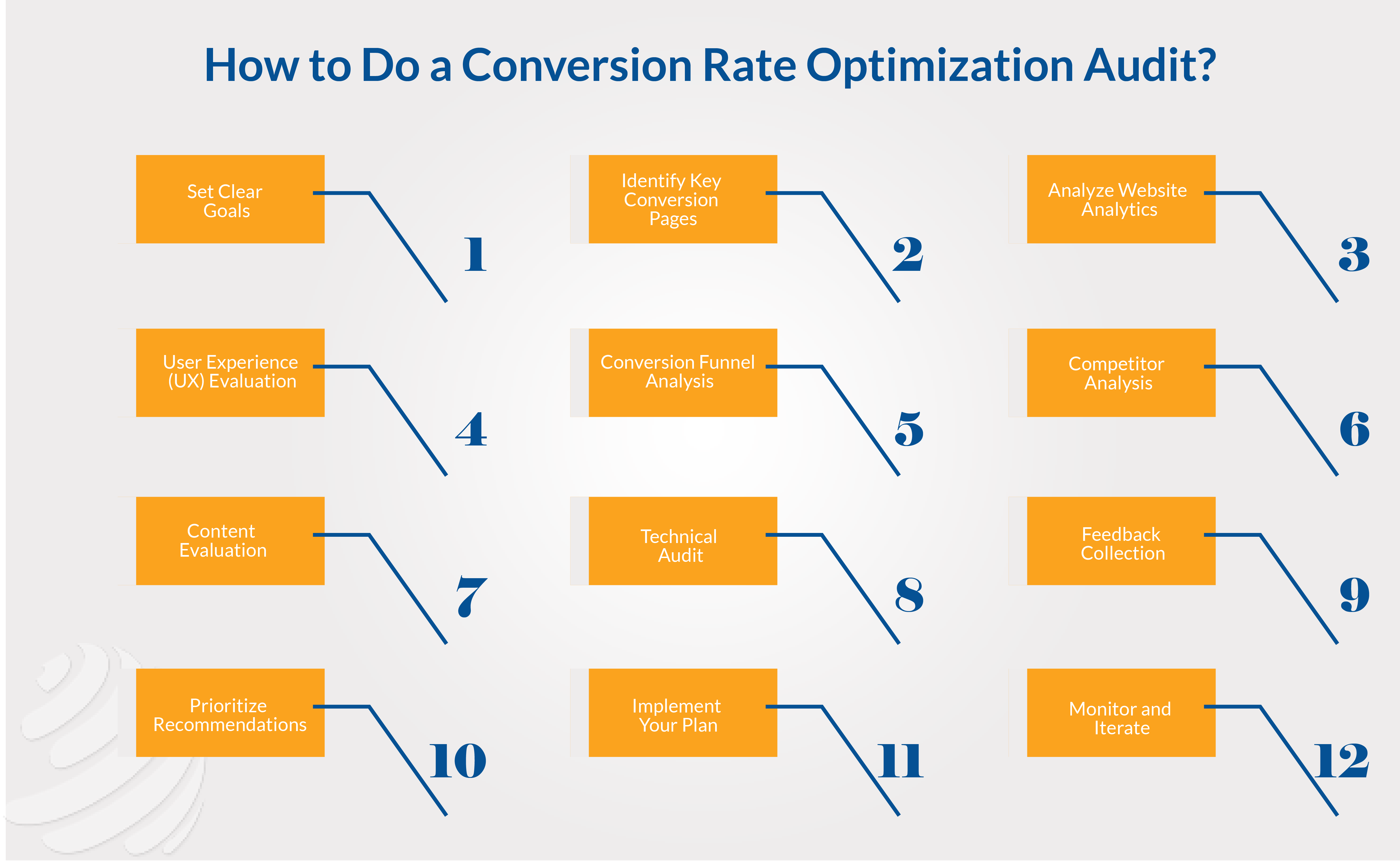
Set Clear Goals: Before starting your conversion rate optimization audit, you need to define the goals you want to achieve through optimization. This could be, for example, increasing sales, generating leads, or boosting sign-ups.
Identify Key Conversion Pages: Determine which pages on your website are critical for conversions. This could, for instance, include product pages, landing pages, checkout pages, etc.
Analyze Website Analytics: You can utilize tools like Google Analytics for this step to gather data on user behavior, traffic sources, bounce rates, and conversion funnels. Look for patterns and areas of concern.
User Experience (UX) Evaluation: Here are the metrics you need to look for when evaluating the User Experience to improve your CRO for local search:
- Navigation: Evaluate website navigation to ensure it’s intuitive and easy to use.
- Page Load Speed: Check page load times and optimize for faster loading.
- Mobile Responsiveness: Make sure the website is optimized for mobile devices.
- Content Readability: Assess the clarity and readability of website content.
- CTA Placement: Review the placement and effectiveness of call-to-action buttons.
- Forms Optimization: Analyze form fields to minimize friction and improve completion rates.
Conversion Funnel Analysis: Here’s what you do when you reach this step:
- Identify the steps users take to complete a conversion.
- Look for drop-off points in the funnel and analyze possible reasons for abandonment.
- Optimize each step of the funnel to minimize friction and encourage progression.
Competitor Analysis: Study competitor websites to identify best practices and areas where your site can improve.
Content Evaluation: Here’s what you do for content evaluation:
- Assess the relevance and effectiveness of website content.
- Ensure content addresses user needs and pain points.
- Optimize content for search engines to improve visibility.
Technical Audit: Do not forget about the following steps when performing a technical audit:
- Check for broken links and 404 errors.
- Ensure proper implementation of tracking codes and analytics.
- Verify website security measures.
Feedback Collection: Gather feedback from users through surveys, usability tests, and customer support interactions.
Prioritize Recommendations: Based on the audit findings, prioritize recommendations according to their potential impact on conversions and feasibility of implementation.
Implement Your Plan: Develop a plan for implementing the recommended changes, including timelines and responsibilities.
Monitor and Iterate: Continuously monitor the impact of changes on conversion rates and make further adjustments as needed.
By following these steps, you can conduct a comprehensive conversion rate optimization audit in order to identify opportunities for optimizing conversion rates on your website or online platform.
How to Improve CRO for Local Search?
Here’s how you can improve your CRO for local search and take your conversion rate to the next level:
-
Integrate Keywords in Your Content That Convert
Knowing the search intent behind a keyword can help you choose the search terms that will draw in quality prospects. Businesses can use informative keywords, for example, to educate their target audience in their blogs.
These kinds of search terms frequently start with a prefix such as “how,” “what,” or “why.” Furthermore, you can use navigational keywords, in your blogs, that point visitors to a certain page.
Moreover, businesses looking to boost revenue can also look into using transactional keywords.
- Purchase
- For sale
- Buy
- Discount
- Deals are just a few examples.
When using these terms in their search query, online users aim to make an instant purchase of a good or service.
-
Align Your Content With Users’ Expectations
Your web pages must reflect the interests of your audience if you want to increase conversions. Thus, take into account how they got to the page you wish to optimize. Users will anticipate seeing a landing page that matches the advertisement if they click on it. Any divergence could make the guest confused and drive them away.
Put search intent first for websites whose main goal is to attract organic traffic from keywords. A user’s search engine query is driven by their search intent. It stands for the user’s desired outcome.
Why does a user’s search intent matter?
Because search engines such as Google, Bing, and Yahoo want to provide users with the most appropriate and useful results possible. Therefore, when producing content, keeping the search intent in mind can result in increased traffic, rankings, and conversions.
-
Use A/B testing
You can immediately determine what aspects of your website drive conversions and which ones don’t by implementing A/B testing, also known as split testing, on your pages.
A/B testing contrasts two iterations of a webpage with only one difference (similar to a call to action (CTA) or headline). For example, you can test if fewer form fields result in more submissions.
Some other elements in a website that you can apply A/B tests on are:
- Form placement
- Images
- Body copy
-
Optimize Brand Localization
The goal of CRO for local search is to draw in clients from a particular area. Also, brand localization is a useful strategy for accomplishing this. It assists companies in adapting their goods to a new market or area.
For example, a restaurant serving food can have its menus listed in the language of the area it serves. In addition, if you open a new physical store in a particular area, make sure to update the maps online. When clients look for a brand online and wish to make a purchase, this assists them in finding it.
-
Diversify Your Calls to Action (CTAs)
You can also improve the likelihood that a visitor will convert by using calls to action on your site in a variety of formats and locations.
For instance, the end of a blog frequently features a call to action. However, that can imply that you’re passing on chances to convert visitors who could be intrigued by your business but don’t scroll through the whole page.
Similar to advertisements, CTA banners can occasionally be ineffective because users simply scroll past them. However, you can provide users with several opportunities to convert if you combine CTA buttons, in-text CTAs, banners, and other elements.
-
Input Leadflows and Chat Options
Leadflows give instructions to a target audience on what to do. They are frequently offered as drop-down banners or pop-up forms. You need to have a good understanding of lead flow design if you want to do CRO for local search.
Organize them to enhance user experience and correspond with a desired webpage. Bold callouts in leadflows should also be used to urge consumers to take action. You can also include options for chat to acquire new customers.
-
Optimize the Content Above the Fold
Giving precedence to the content above the fold entails concentrating on the parts of the page that people can see without having to scroll. This draws users in and motivates them to act in the way you want them to. Here’s how you can optimize the content above the fold
- Use language that is appealing, understandable, and succinct to convey the page’s value proposition or primary goal.
- In order to prevent the page from appearing cluttered, leave enough white space.
- Put the main call to action in a prominent place.
- Make use of captivating, excellent images.
-
Use Retargeting to Re-engage Old Leads
Just like we visit friends we haven’t seen in a long time; people can also visit websites they haven’t visited in a long time. Retargeting aims to motivate past leads to take action by reestablishing their contact with the brand.
Marketers may get in touch with potential customers who have abandoned an order on a product landing page, for example. This is crucial for CRO for local search as the majority of website visitors don’t take the intended actions.
In addition, retargeting keeps track of prospects and places advertisements on other websites that drive traffic to yours. Concentrating on the web pages that convert the most dramatically increases CRO. Just make sure that you create visually appealing and persuasive ad copy.
-
Improve Your Headlines
Strong headlines draw attention to the important details and calls to action. Moreover, organize the content and make it readable.
How can you create the strongest headlines possible?
- Make use of action phrases
- Incorporate relevant keywords
- Try asking questions to spark users’ interest.
- Emphasize the advantages of the product or service you are offering.
Use A/B testing on your headlines and subheadings to know what will work best for your website.
Conversion Rate Optimization Checklist
Although purchases or form completions are the most commonly recognized form of website conversion, there are several other actions that your visitor can take that convert them from one stage of the customer journey to the next.
Here is a conversion rate optimization checklist with metrics you should keep an eye out for when working on CRO for local search:
Segmented Conversion Rates
Segmented conversion rates analyze conversion rates for different segments of your audience, such as new vs. returning visitors, traffic sources, device types, and geographic locations.
How does it help?
It provides insights into which segments are most valuable and where optimization efforts should be focused. By understanding how different segments behave, you can tailor your CRO strategies to better meet their needs and preferences.
Customer Lifetime Value (CLV)
This metric is indirectly related to conversion rate optimization SEO.
However, that does not decrease its importance because this metric is extremely influential when it comes to CRO for local search.
Customer lifetime value represents the total revenue a customer is expected to generate over their entire relationship with your business. While not directly related to CRO, CLV is essential for understanding the long-term value of customers acquired through optimization efforts.
By optimizing for higher Customer Lifetime Value, you can maximize the impact of your CRO initiatives and focus on acquiring and retaining high-value customers.
Organic Clicks
Tracking organic clicks gives you precise information about what your website visitors are searching for when they land on it. Having knowledge of the queries that drive traffic to your sites and the click-through rate (CTR) associated with those queries will assist you in determining which SEO efforts are effective (and ineffective).
Monitoring clicks and impressions can help you get a more comprehensive understanding of the areas that require improvement in order to boost user engagement and produce more qualified leads.
Average Session Duration
This conversion rate metric represents the average amount of time visitors spend on your website during a single session. A longer session duration generally indicates higher engagement and interest in your content. It’s important to analyze session duration across different pages and traffic sources to understand which areas of your website are most engaging to visitors.
Exit Rate
The exit rate measures the percentage of visitors who leave your website from a specific page. Unlike bounce rate, which only applies to the first page a visitor lands on, exit rate applies to any page within a session. High exit rates on certain pages may indicate issues with content, usability, or calls to action that need to be addressed.
Click-Through Rate (CTR)
CTR measures the percentage of users who click on a specific link, button, or call-to-action (CTA) compared to the total number of users who view the item. It’s particularly important for evaluating the effectiveness of CTAs and determining which ones drive the most engagement. A higher CTR typically indicates more compelling and relevant content or offers.
Cart Abandonment Rate
For e-commerce websites, the cart abandonment rate measures the percentage of users who add items to their shopping cart but leave before completing the purchase. High cart abandonment rates can indicate issues with checkout processes, shipping costs, or unexpected fees that deter users from completing their purchases.
Conversion Rate Optimization Tools
There are a lot of conversion rate optimization tools available online. These tools are designed to help businesses like yours with conversion rate optimization.
But which tool should you use for conversion rate optimization SEO?
We have enlisted some tried and tested conversion rate optimization tools that you can use to take your conversion rate optimization audit and optimization to the next level.
Let’s take a look:
Optimizely: Optimizely is a powerful experimentation platform that enables you to test different variations of your website, including A/B tests, multivariate tests, and personalization campaigns. Plus, this tool offers a user-friendly interface and robust targeting options.
VWO (Visual Website Optimizer): VWO is a comprehensive CRO platform that provides A/B testing, split URL testing, multivariate testing, and heatmaps. It also offers features like visitor segmentation, session recording, and goal tracking to help you optimize your website effectively.
Crazy Egg: Crazy Egg offers heatmaps, scrollmaps, and other visual analytics tools to help you understand how users interact with your website. It also provides insights into where users click, how far they scroll, and which elements they pay attention to, helping you identify areas for improvement.
Hotjar: Hotjar is one of the most popular conversion rate optimization tools. It offers heatmaps, session recordings, surveys, and feedback polls to help you understand user behavior and gather feedback. Moreover, it is especially useful for identifying usability issues and barriers to conversion.
Unbounce: Unbounce is a landing page builder that allows you to create and test custom landing pages without any coding knowledge. It offers A/B testing, dynamic text replacement, and conversion tracking features to help you optimize your landing pages for higher conversions.
Inspectlet: Inspectlet provides session recording and heatmap tools to help you visualize user behavior on your website. It allows you to watch recordings of individual user sessions and identify areas where users may be experiencing friction or confusion.
Convert: Lastly, we have Convert. It is an A/B testing and personalization platform that offers advanced targeting options, segmentation, and integrations with popular analytics tools. Besides, it allows you to create and test experiments across multiple channels, including websites, mobile apps, and email campaigns.
There you go!
These are some of the most sought-after conversion rate optimization tools in the online market. You might have to use one or more than one of the above-listed conversion rate optimization tools based on your specific marketing needs and budget in order to improve your conversion rate optimization stats.
CRO for Local Search FAQs
Let’s take a look at some of the most frequently asked questions about CRO for local search. Our team has specifically picked these questions and answered them for you:
What is Conversion Rate Optimization (CRO) for local search, and why is it important for businesses?
CRO for local search involves optimizing a business’s online presence to increase the likelihood of converting local search traffic into customers. It focuses on improving elements such as website design, content, and user experience to drive conversions from local search queries. It’s crucial for businesses because it helps maximize the return on investment (ROI) from local search marketing efforts by turning more local leads into actual customers.
How does CRO differ for local search as compared to broader SEO strategies?
While broader SEO strategies aim to improve a website’s visibility in search engine results pages (SERPs) for relevant keywords, CRO for local search specifically focuses on converting local search traffic into customers. This involves optimizing local business listings, enhancing location-based keywords, and providing relevant and localized content that resonates with local audiences.
What are some common conversion goals for businesses focusing on local search?
Common conversion goals for businesses targeting local search traffic include driving store visits, generating phone calls, scheduling appointments, completing online reservations or bookings, and making purchases. These goals are often aligned with the specific actions that local customers take to engage with businesses offline or online.
How can businesses optimize their Google My Business (GMB) listing for better local search conversions?
To optimize a GMB listing for local search conversions, businesses should ensure their listing is complete, accurate, and up-to-date with essential information such as business hours, contact details, and address. They should also encourage satisfied customers to leave positive reviews, use relevant keywords in the listing description, and regularly post updates or promotions to engage with local audiences.
What role does website optimization play in CRO for local search?
Website optimization is critical for converting local search traffic into customers as well as performing a conversion rate optimization audit. Businesses should ensure their website is mobile-friendly, loads quickly, and provides a seamless user experience, especially for local visitors. This includes optimizing landing pages with relevant local keywords, clear calls-to-action (CTAs), and localized content that addresses the needs and preferences of local audiences.
How can businesses track and measure the effectiveness of their CRO efforts for local search?
Businesses can track and measure the effectiveness of their CRO efforts for local search by monitoring key metrics such as conversion rates, click-through rates (CTRs), phone call inquiries, store visits (if applicable), and online form submissions. They can use tools like Google Analytics, Google My Business Insights, and call tracking software to gather data and analyze the performance of their local search campaigns.
What are some common pitfalls to avoid when implementing CRO strategies for local search?
Common pitfalls to avoid include neglecting to optimize for mobile devices, failing to update business information consistently across online platforms, ignoring negative reviews or feedback, overlooking the importance of local keywords and geo-targeting, and not testing and iterating on CRO strategies based on data and user feedback.
How long does it take to see results from CRO efforts for local search?
The timeframe for seeing results from CRO efforts for local search can vary depending on factors such as the competitiveness of the local market, the effectiveness of the strategies implemented, and the nature of the business. Generally, businesses may start to see improvements in local search visibility and conversion rates within a few weeks to a few months of implementing CRO strategies, but ongoing optimization and testing are necessary for sustained success.
Conclusion
CRO for local search is an important content marketing metric.
However, working on conversion rate optimization SEO alone is not going to cut it!
In order to get the most out of CRO for local search for your business, you need to understand conversion rate optimization stats, define the conversion rate for your brand, measure it using conversion rate optimization tools, and improve it using different tactics.
It does not matter if you have a huge business that you have been running for years or a small business that you recently started; in order to improve your optimization, you need to give your all to CRO for local search.
In other words, if you want better traffic and a surprisingly high conversion rate, you need to work on CRO for local search.
As surprising as it may sound, if you properly work on optimizing your conversion rate, you can get both traffic and conversion at the same time and same intensity.
Best of luck!
